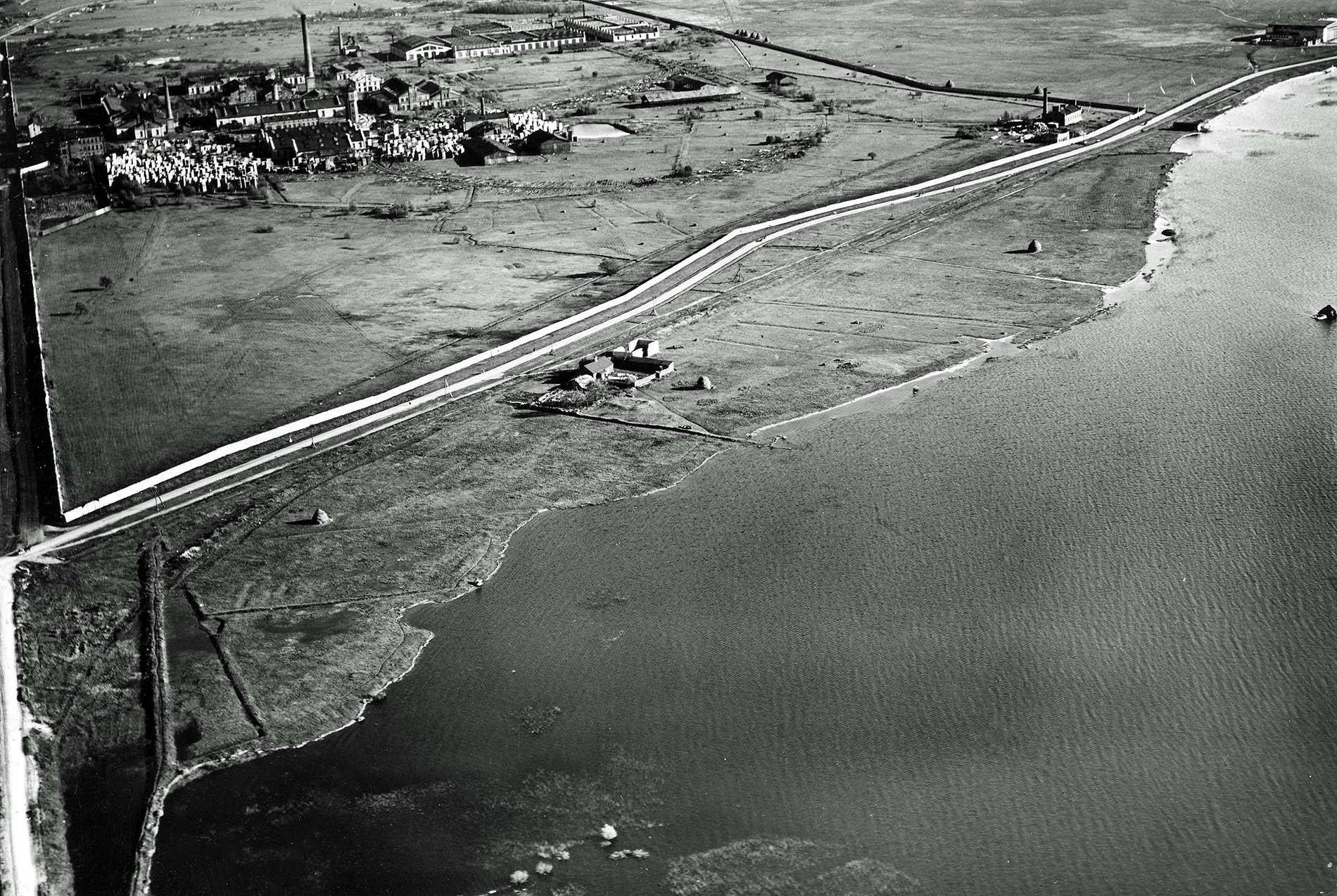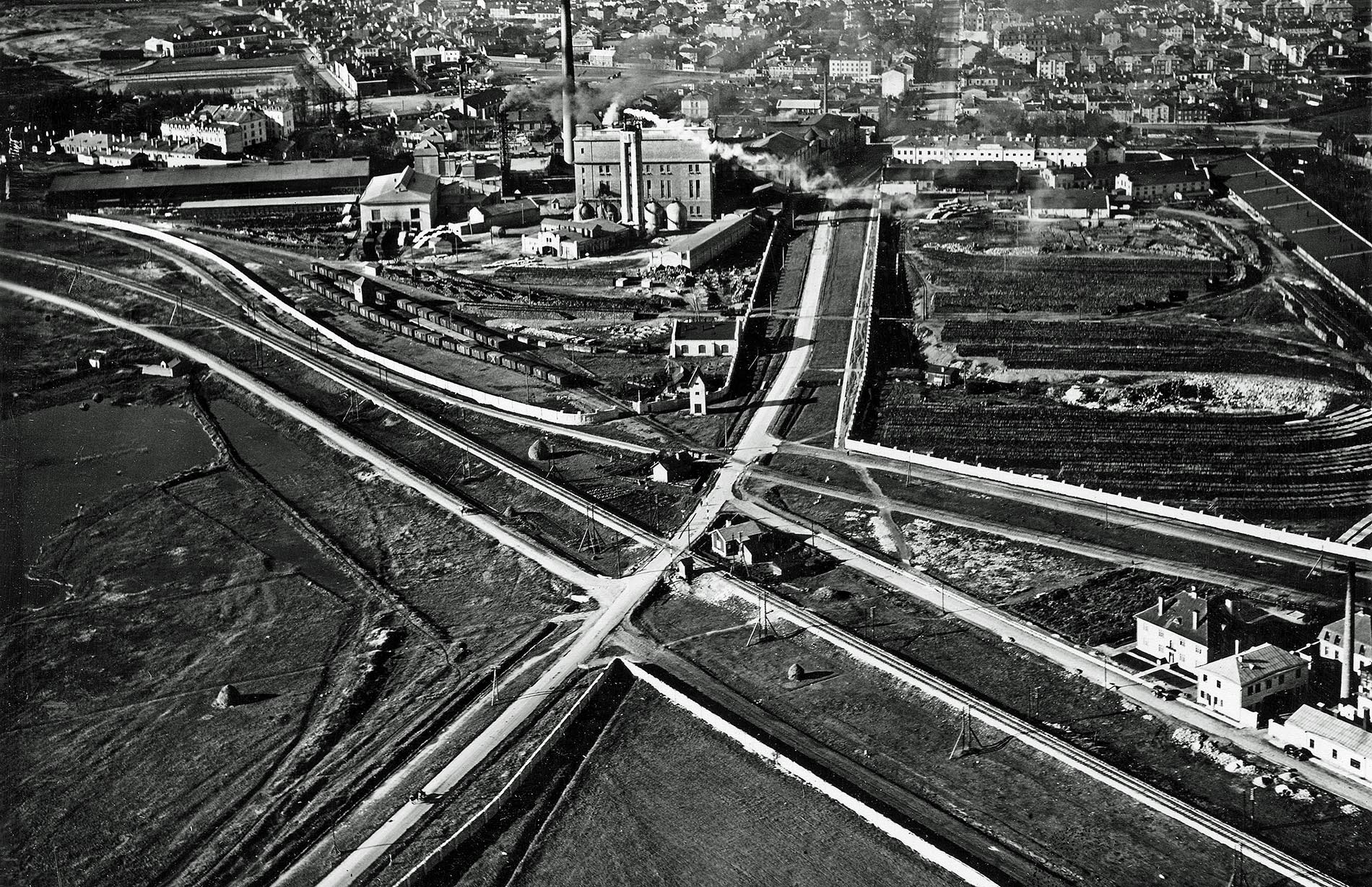Ülemiste urban region is situated in Lasnamäe, the largest district of Tallinn. But it was the construction of the railway in 1870 and the Dvigatel plant – heart of the Estonian metal industry – completed 28 years later that brought real life and development to the urban region spread out over 3.4 square kilometres. The plant that started out producing passenger and freight wagons later also manufactured equipment for the space, atomic and chemistry industries of the Soviet Union.
Changing times and needs also arrived in Ülemiste area. Ülemiste Centre was opened in 2004, and the development of Ülemiste City in 2005 put a start to the changes on the current territory of the historic Dvigatel plant. Several old factory buildings were given new life, but the territory also allowed for establishing completely new buildings.
Ülemiste area is a developing living and working environment boasting growth potential, which is situated close to the international Lennart Meri Tallinn Airport. The area is also well-connected to the other districts of Tallinn (tram, city bus lines), Tallinn’s surrounding areas (train, Harju county lines) as well as other Estonian areas through public transport (long-distance buses, train), and car users also fairly well connected.
Three shopping centres with a total retail area of over 152,000 m2 are situated near the future Ülemiste Terminal, the newest of these, T1 developed by Pro Kapital, is situated next to the Ülemiste Joint Terminal; the area is also home to the Ülemiste Hotel (130 rooms in total), Ülemiste City campus (up to 30,000 jobs planned), and more than 4,500 parking spaces in total.
150 years later, the development of the area that got its start from the establishment of a railway is awaiting a new vision for development that is once again centred around the railway – Rail Baltica Ülemiste Joint Terminal.

